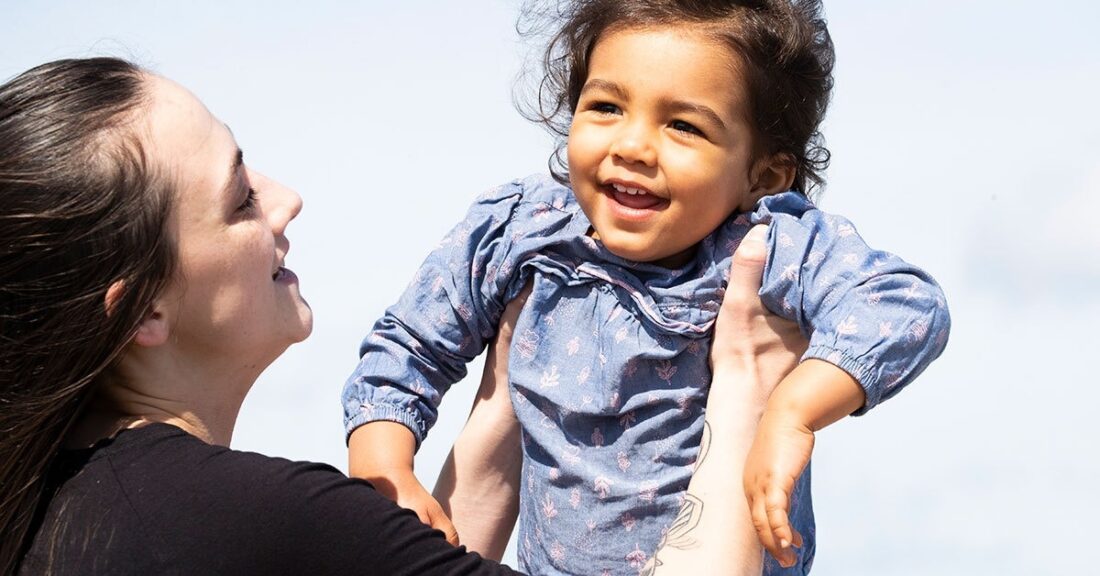Identifying COVID-19-Related Issues With Census Data on Youth and Families

The COVID-19 pandemic significantly impacted how the federal government collected data on the well-being of children and families, according to a new brief funded by the Annie E. Casey Foundation.
The brief, “Information and Advice on 2020 Federal Data Quality and Use,” summarizes changes to several surveys and programs – including the American Community Survey, Current Population Survey, the 2020 census and annual Population Estimates. It also shares how KIDS COUNT® grantees and others can best use this data.
To cope with pandemic limitations, some federal surveys shifted from conducting interviews in-person to gathering information via phone or online. Other federal surveys suspended operations or delayed data collection periods, affecting the usefulness of some data.
“The disruptions in data collection limit our understanding of how the COVID-19 pandemic impacted families in 2020 and will have ramifications for data quality and data availability for the next several years,” the brief notes.
The Population Reference Bureau (PRB) — a Casey grantee that analyzes population data to inform decision making — prepared the document, which shares information on accessing data and evaluating its quality and usability.
The American Community Survey
The brief notes important changes to the 2020 American Community Survey, a key source of social, financial and housing information. It shares how:
- Survey participation dropped 32% — from 2.06 million households in 2019 to 1.41 million in 2020.
- Respondents were more likely to be white, college educated, live in a single-family home and earn a higher income.
- The Census Bureau weighted its survey results to create experimental estimates that better represented the nation’s population at large. As a result, the agency recommended against comparing 2020 ACS 1‑year data to other ACS estimates or census data.
The Household Pulse Survey
The Census Bureau also developed a new tool, the Household Pulse Survey, to better understand the COVID-19 pandemic’s impact on economic well-being. These survey results should be used with caution, the brief notes, citing a low response rate, experimental results and the lack of a pre-pandemic benchmark.
“This PRB brief, which provides insights on how to use new census data, will be valuable to researchers, advocates and providers,” says Flo Gutierrez, a senior research associate with the Casey Foundation. “Accurate data and information are essential for anyone working to fully understand existing conditions and improve opportunities for children, youth and families.”





